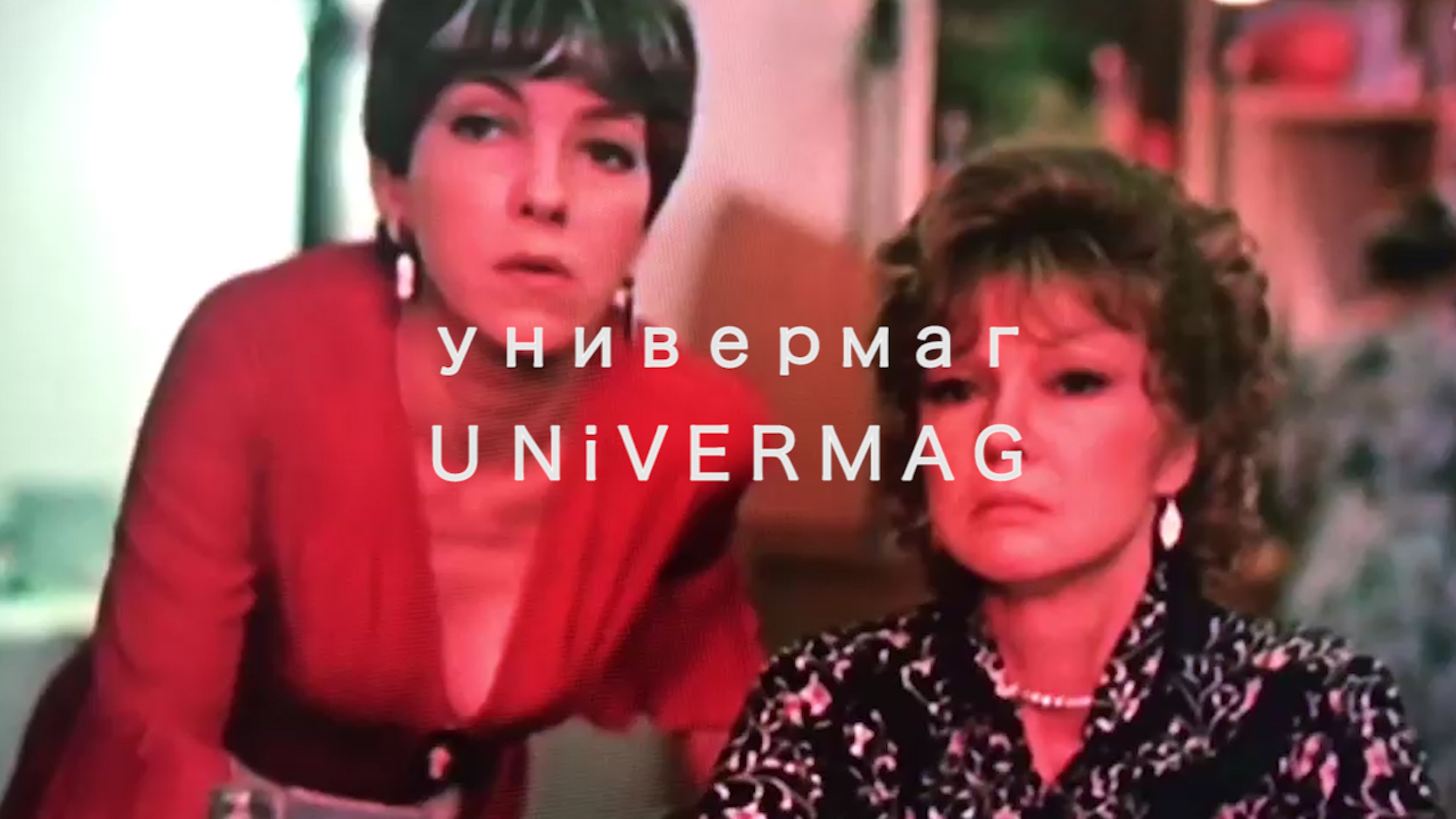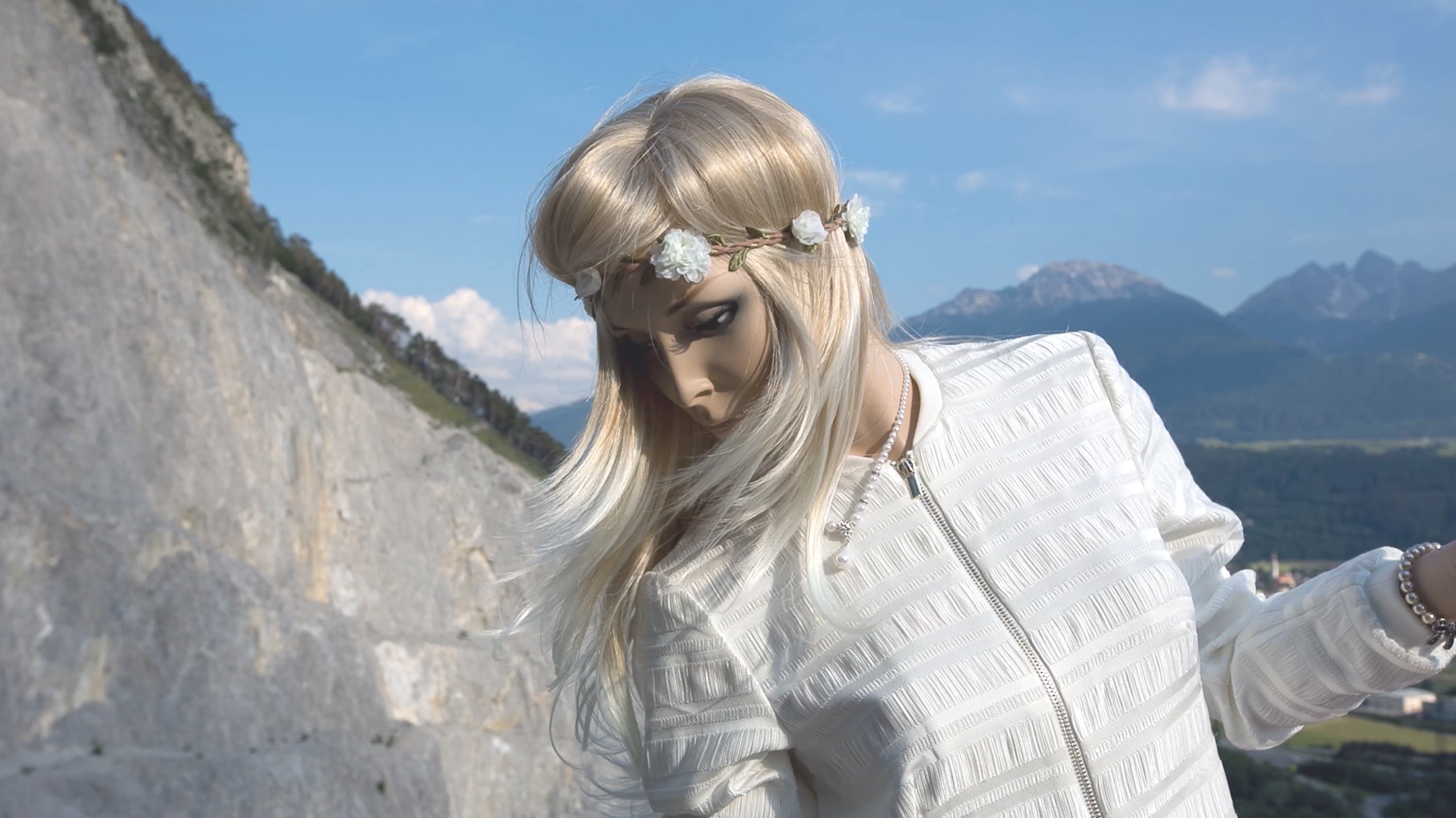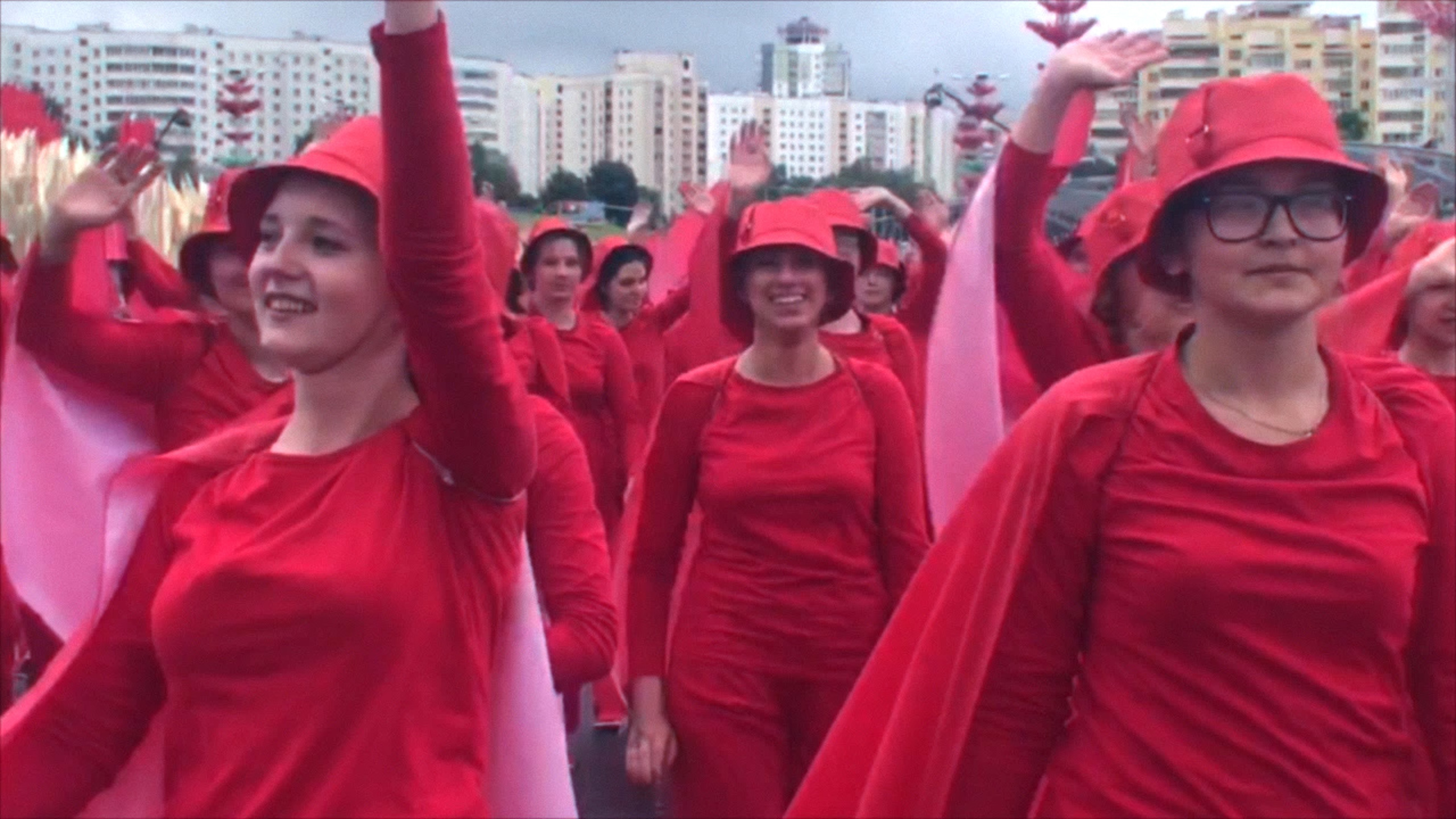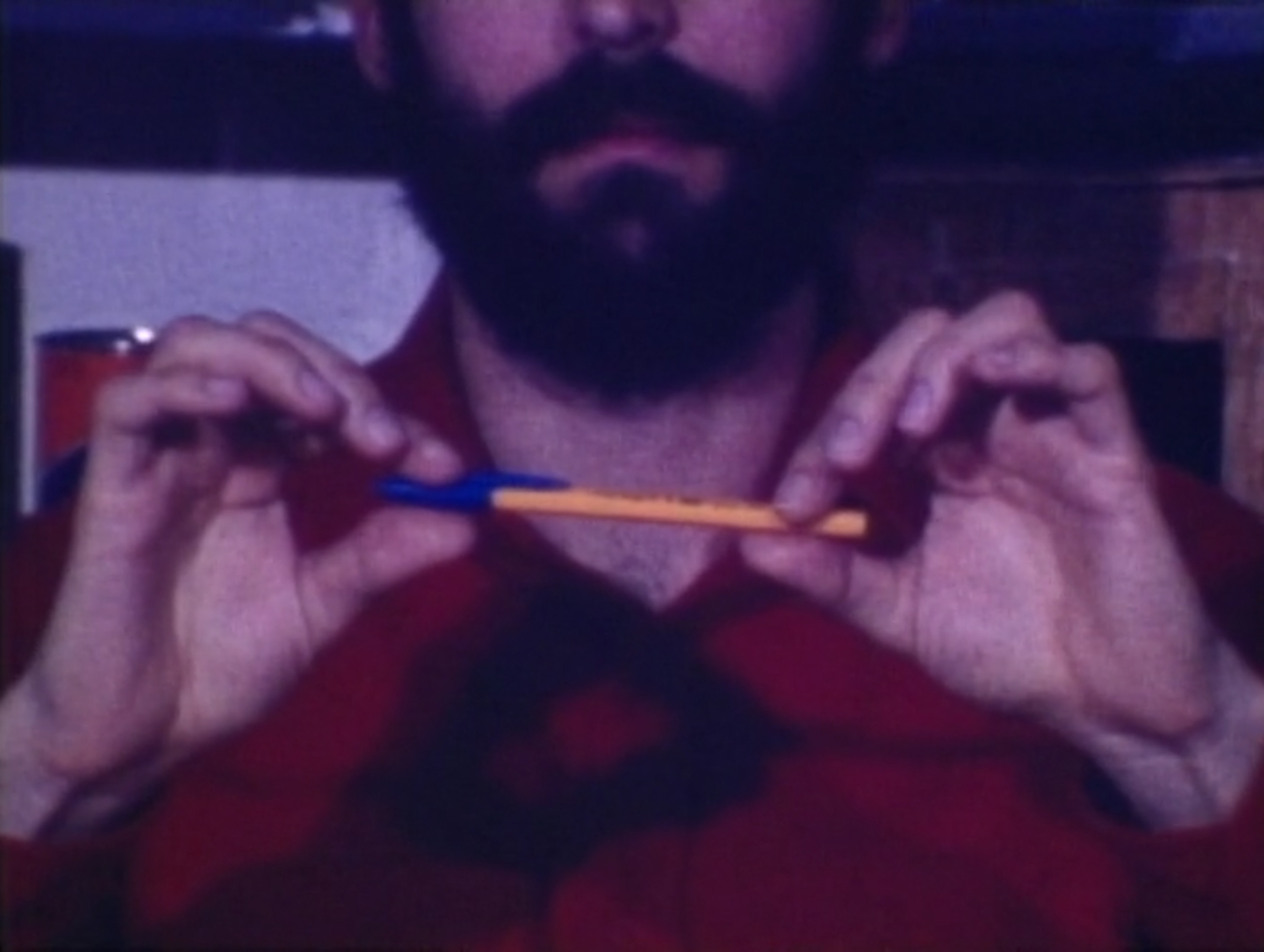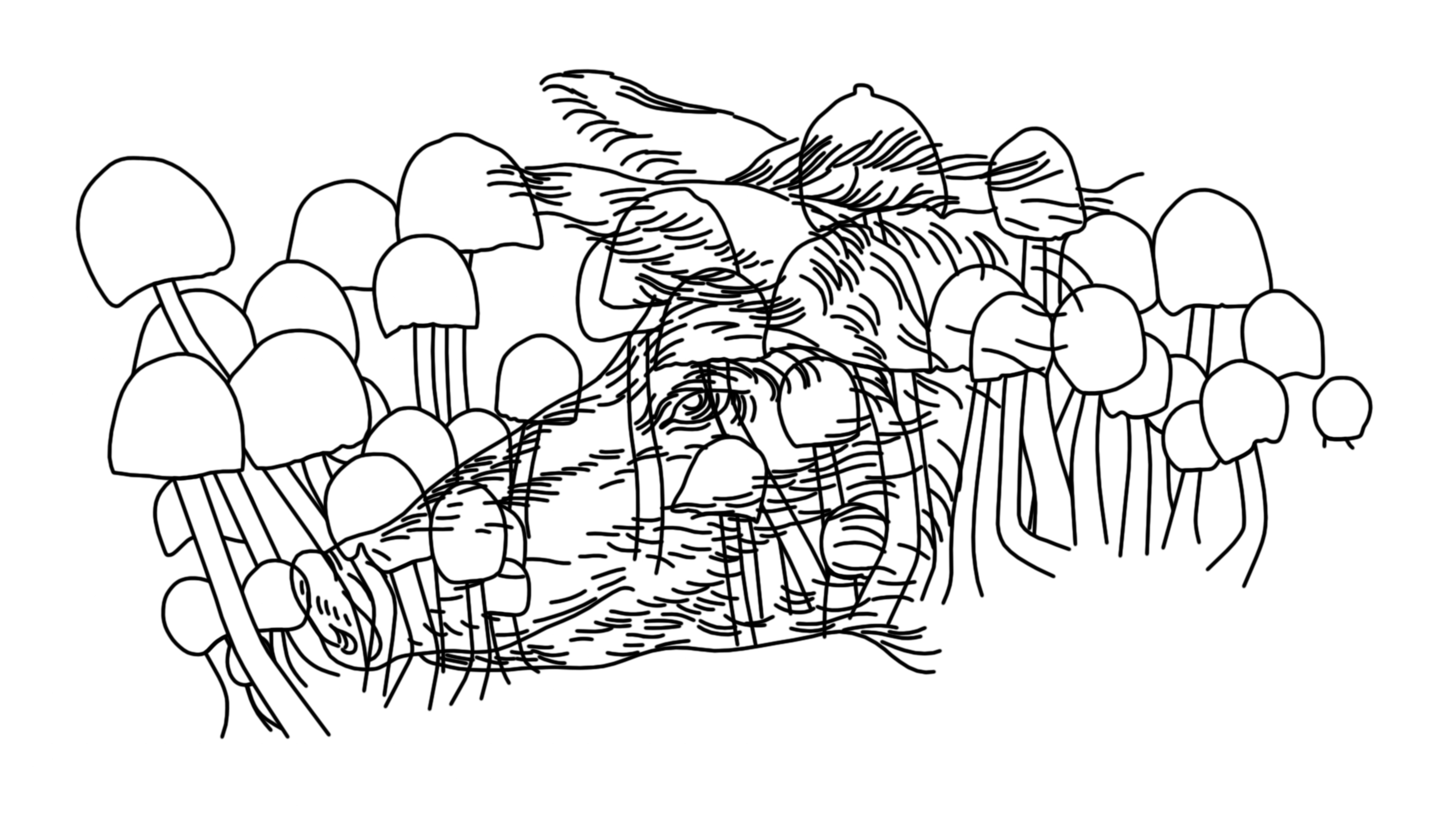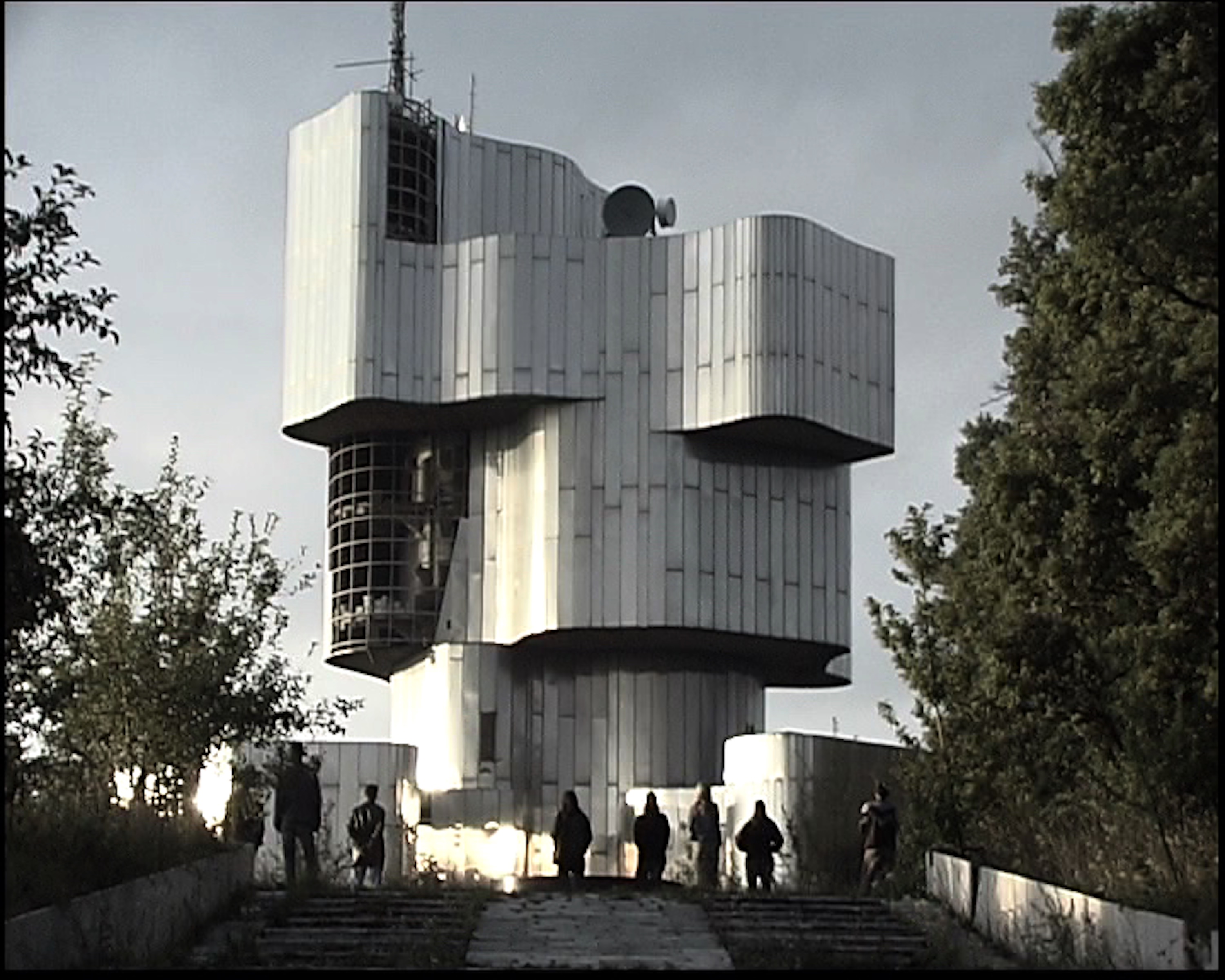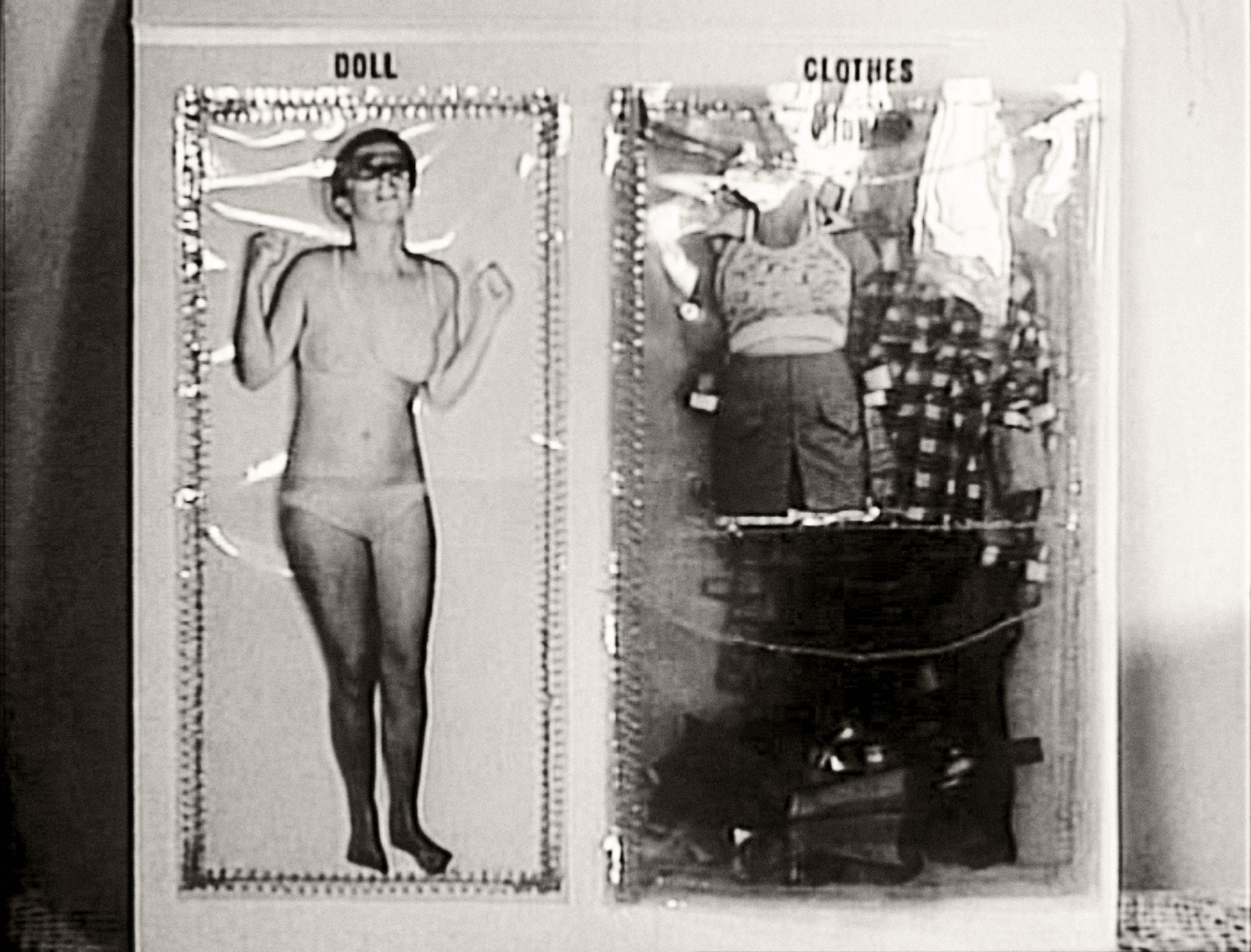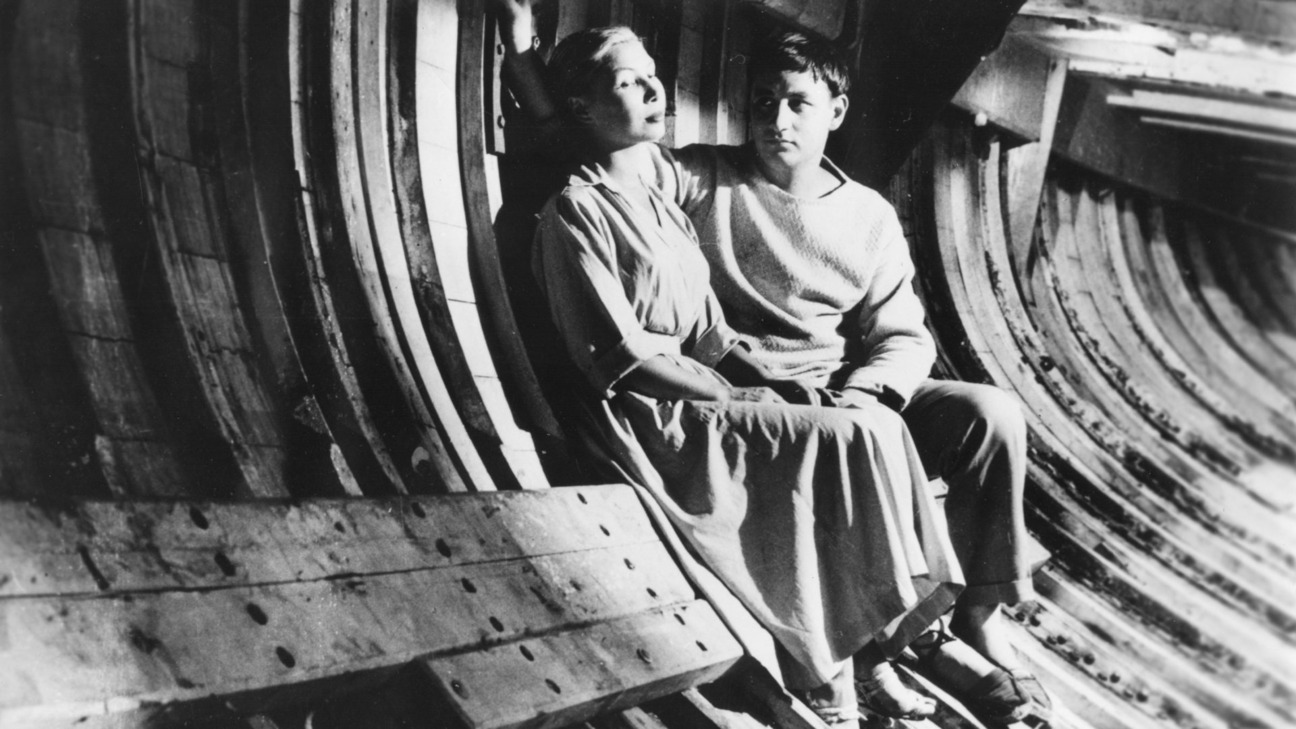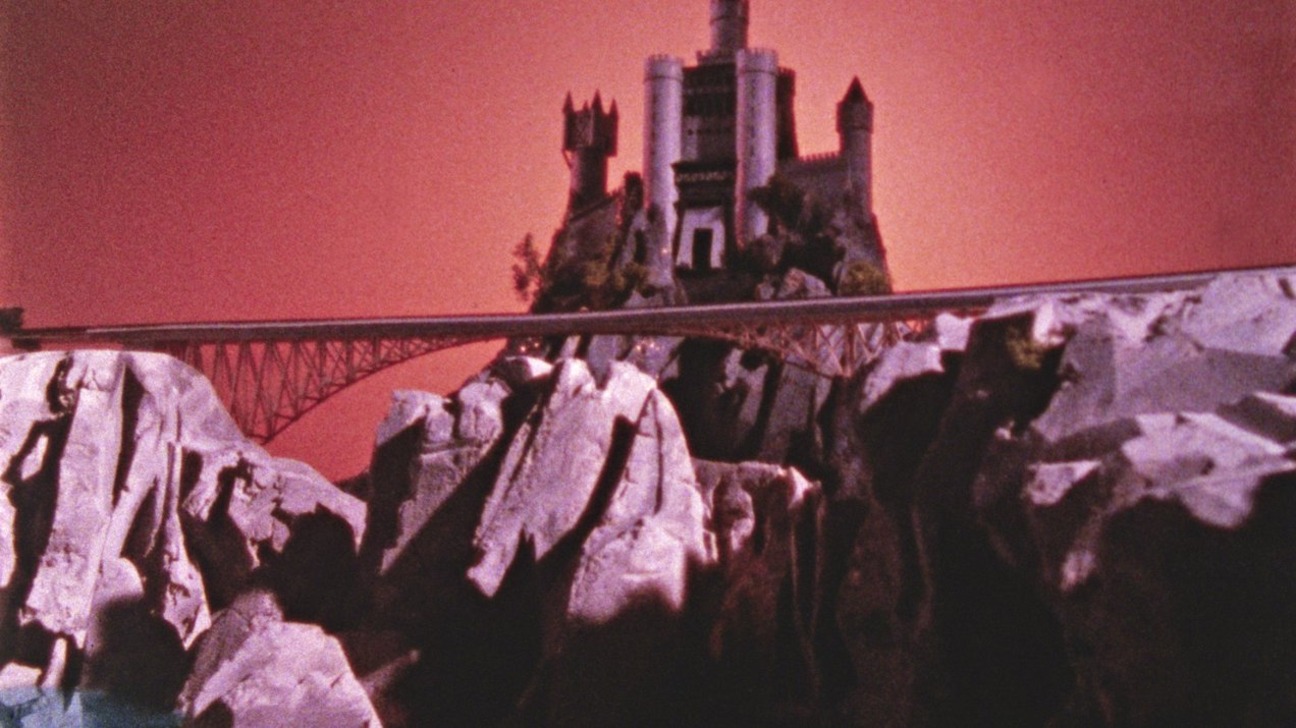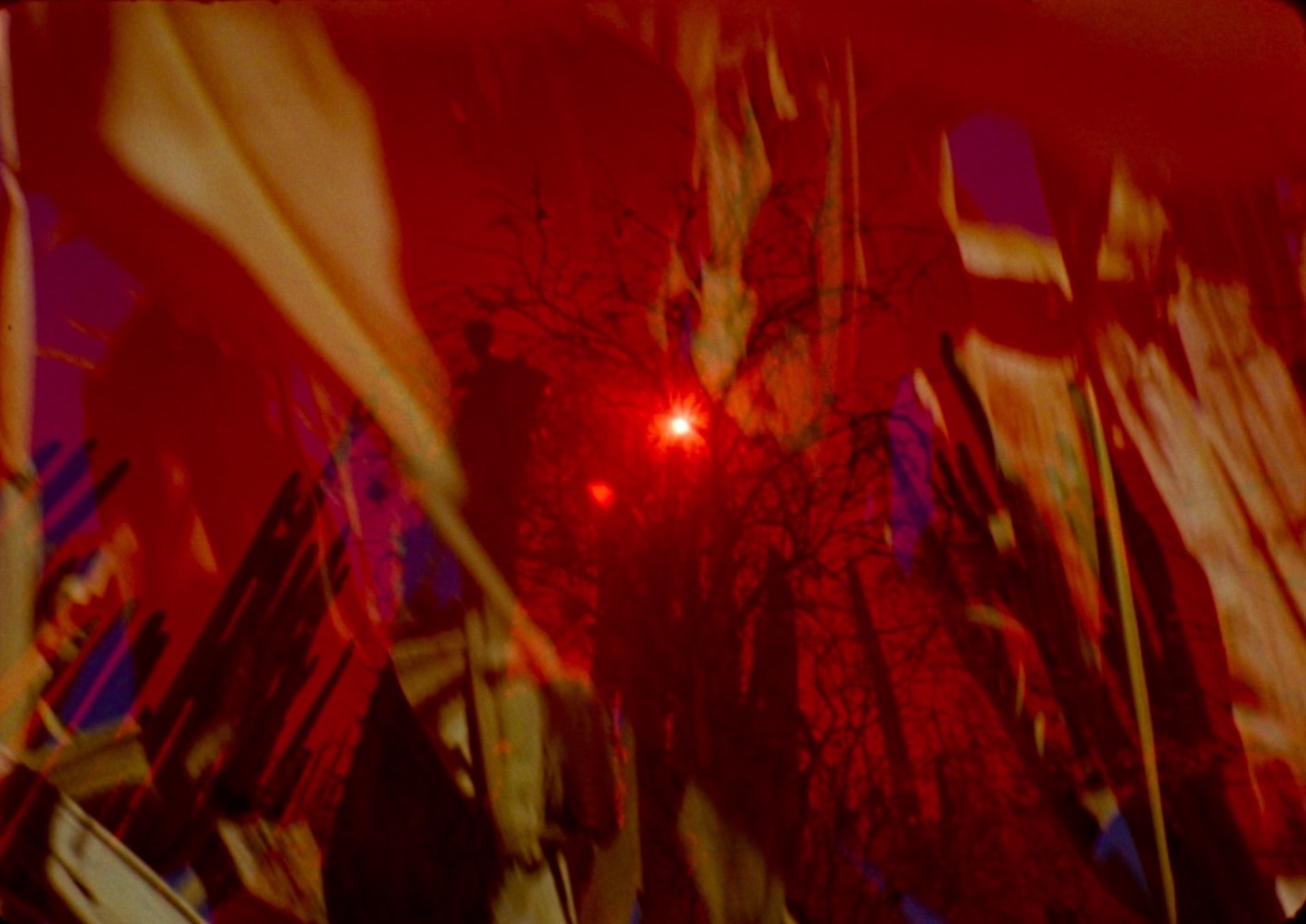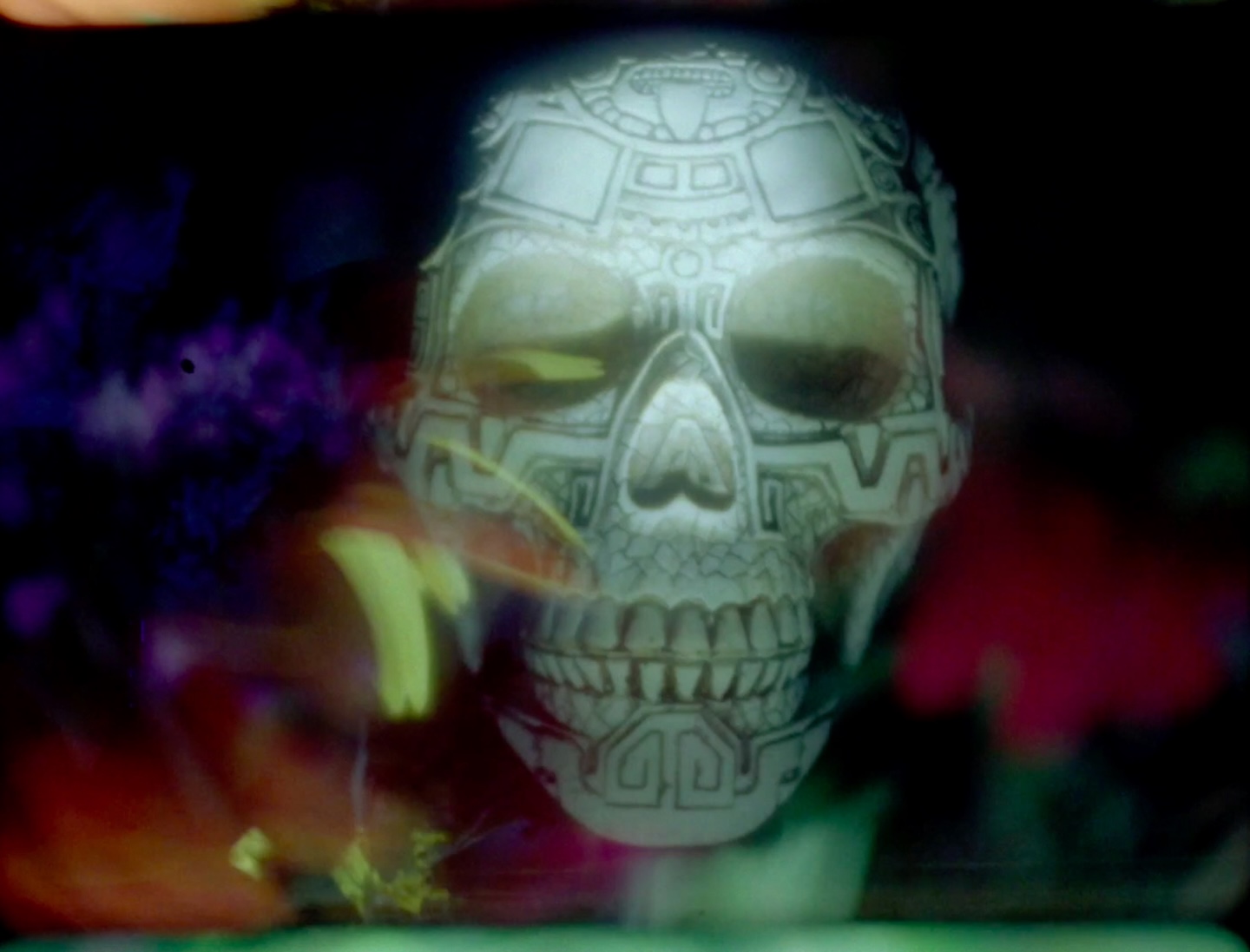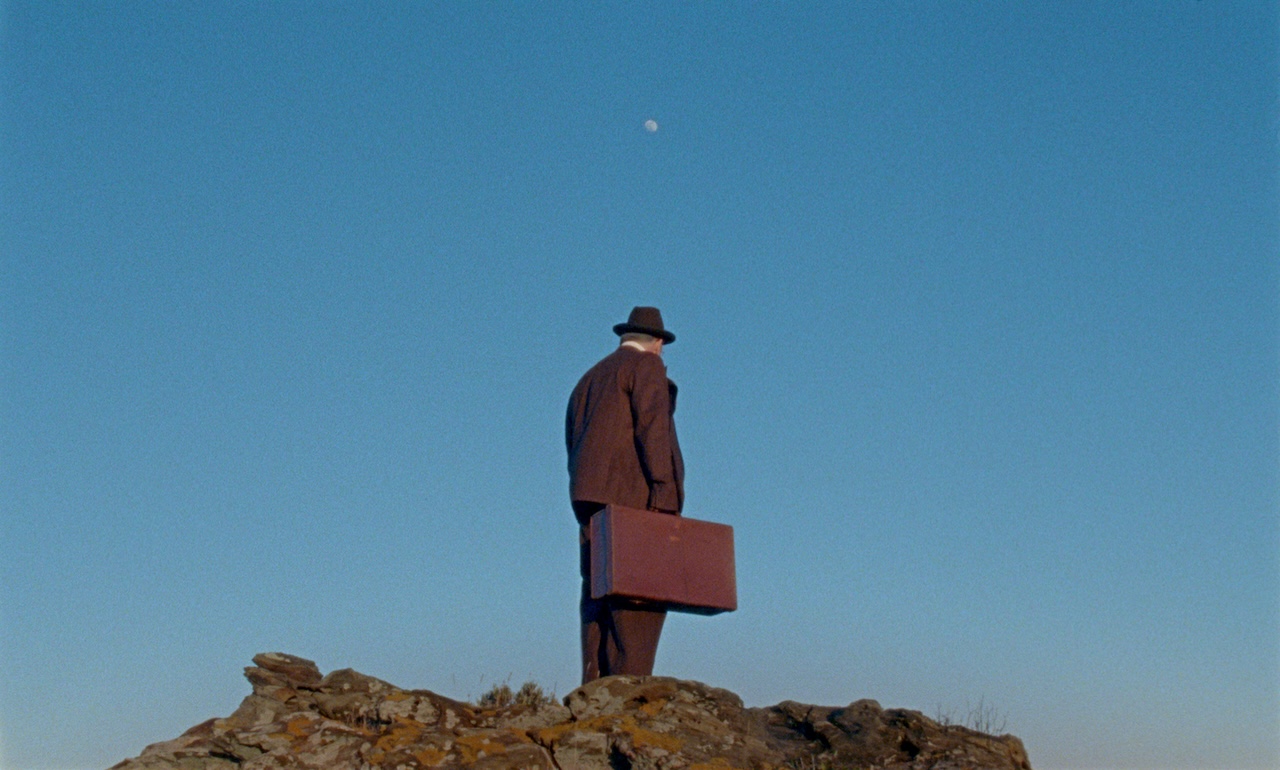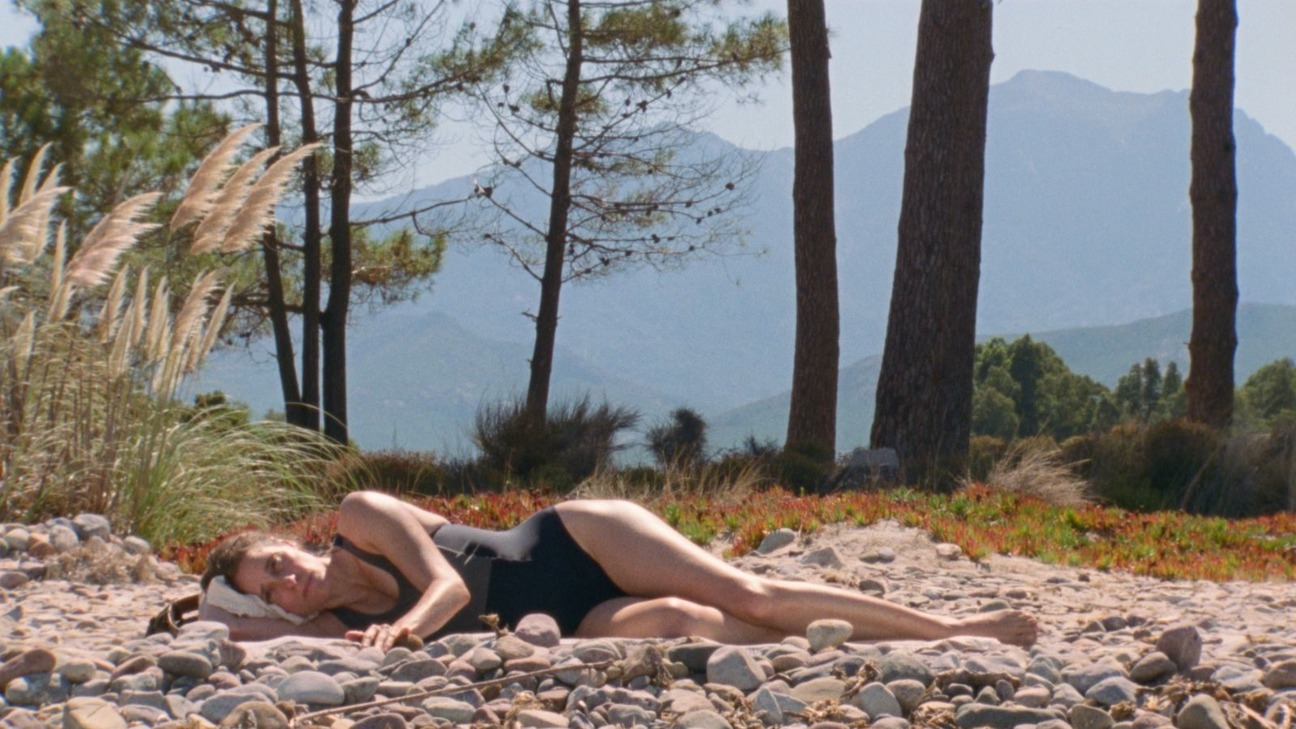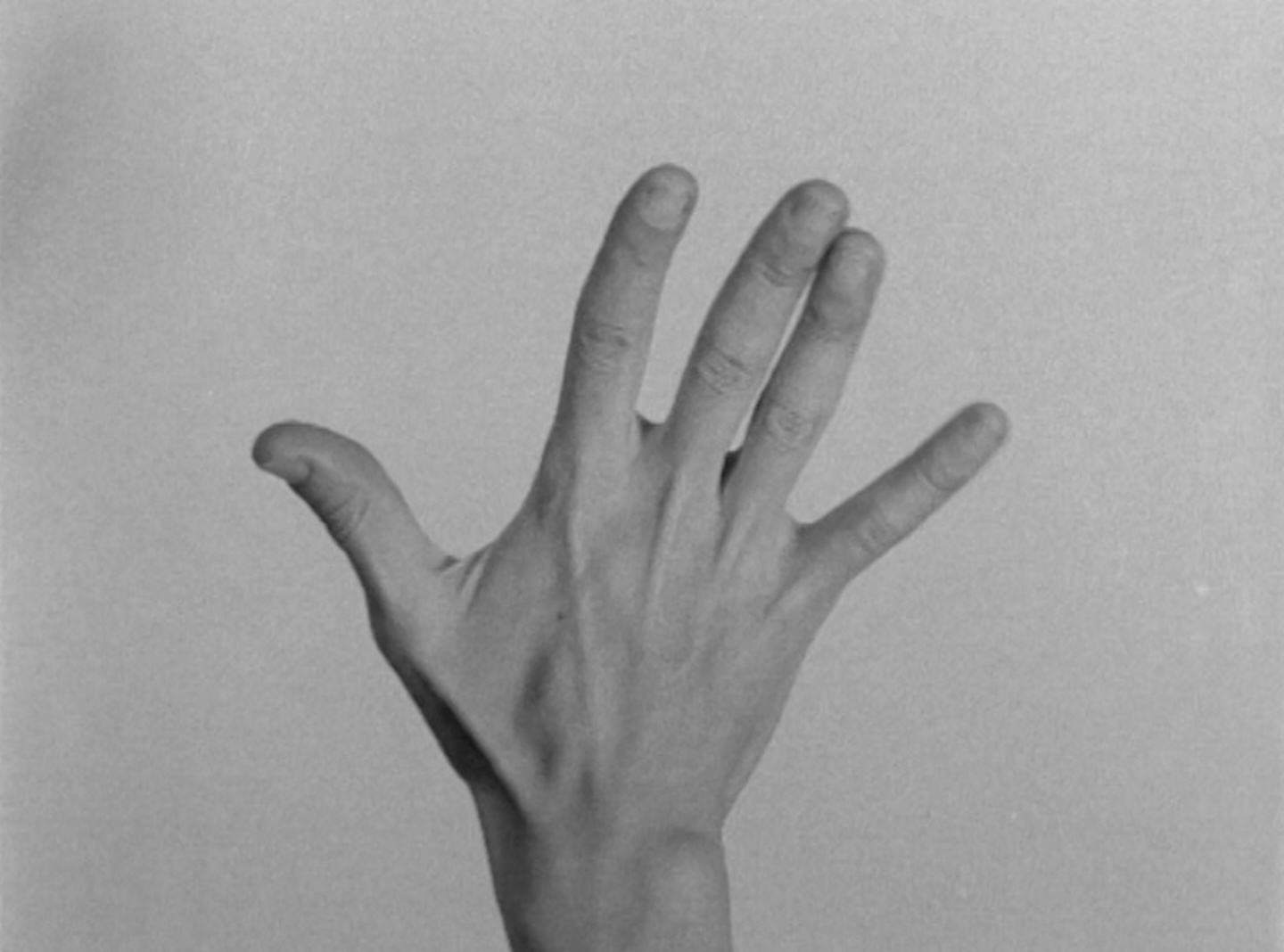April 3–June 21, 2020
It might be a stretch to call an online screening program of gallery artists a “film festival,” just as it might be a leap to describe an online viewing room as an "exhibition." But “Metro Pictures Online Film Festival” offer its viewers something that resonates in our infinitely streamable world: a series of reckonings with time out of joint and objects out of place. Time capsules, time travel, and temporal transformations abound in works exploring the brevity of life and our troubled relationship to the past.
“I suggest we change the function of this building!” declares a character in David Maljković’s Scene for a New Heritage (2004), the title work in a trilogy featured in the festival. The building in question is the Monument to the Uprising of the People of Kordun and Banija in the Petrova Gora mountain range in Croatia, to which the film’s three protagonists have pilgrimaged as part of their “quest for heritage” in the year 2045. The characters’ reality, symbolized by the tin-foil-covered cars they drive, doesn’t match up with the grandiose future promised by Vojin Bakić’s glittering postmodernist monument, one in a series of towering Croatian spomeniks commemorating revolutions and uprisings against fascism during World War II.
It’s nearly impossible to watch Maljković’s trilogy without reflecting on our own situation: The landscapes devoid of all but a few people in the first two films; the socially distanced clusters of people in the third, waiting for something to happen; and, most poignantly, how these films reveal a population’s questioning of old structures and visions of the future. The trio of men arrive at the Petrova Gora monument in the hope of being changed, but meet with disappointment.
Paulina Olowska’s subtle and beguiling Univermag GUM, comprising four episodes subtitled Parade, Winter, GUM, and Airport (2018) resembles the sort of mid-1990s/early 2000s state-produced documercial one might have seen on European in-flight entertainment. Shot at the Minsk location of the department store GUM, a relic of the Soviet era, the film captures the softcore, low-budget aesthetic of state propaganda promising a vague new future. Olowska’s film is imbued with nostalgia alongside its picture of the present: the film’s idealized image of “woman” is halfway between a uniformed, independent airport worker and an aestheticized, luxury-clad bourgeoise caught shopping for short skirts and make-up. The film’s tone is ironic and celebratory, mixing frequent slow-motion shots of women with cuts to state architecture, parades, fireworks, and figurative public art exuding a steadfast, heroic air.
What else? Mannequins toppling from cliffs in John Miller’s disquieting Mannequin Trilogy (2016–20) converse with Bas Jan Ader’s exquisite falls from the roofs of suburban homes, among other places, in Falling Films (1970–71). Cindy Sherman’s stop-motion paper doll in Doll Clothes (1975) and Oliver Laric’s post-human hybrids in Betweenness (2018) and Untitled (2014) operate somewhere between dressed and undressed, human and non-human. Isaac Julien’s well-known Baltimore (2003) tracks the real-life Blaxploitation actor and filmmaker Melvin Van Peebles and a female “Afro-Cyborg,” played by Vanessa Myrie, as they journey through several of the city’s cultural sites, most notably the National Great Blacks in Wax Museum. When Van Peebles encounters his own wax statue, he stands as if unsure what to do when confronted with the frozen image of himself.
While B. Wurtz’s Super 8 films from the 1970s might at first appear out of place in the festival, their deceptively simple formulas are seriously playful. In all but one film, the artist addresses the audience while seated at a table and describes the physical properties of an object: a piece of Styrofoam, a metal music stand, a pen. Fixed-frame shots lend the films an instructional quality reminiscent of do-it-yourself tutorials; Wurtz’s deliberate, matter-of-fact tone makes for a sense of delightful discovery. Audience and artist alike are invited to rethink the purpose of the things around us, investigating them and ascertaining new properties, taking nothing for granted. In the end, one can’t help but look at the large Styrofoam pieces and ask whether these, too, are spomeniks. What will future generations make of them?
Metro Pictures Online Film Festival
Click here for details on how to follow the program
